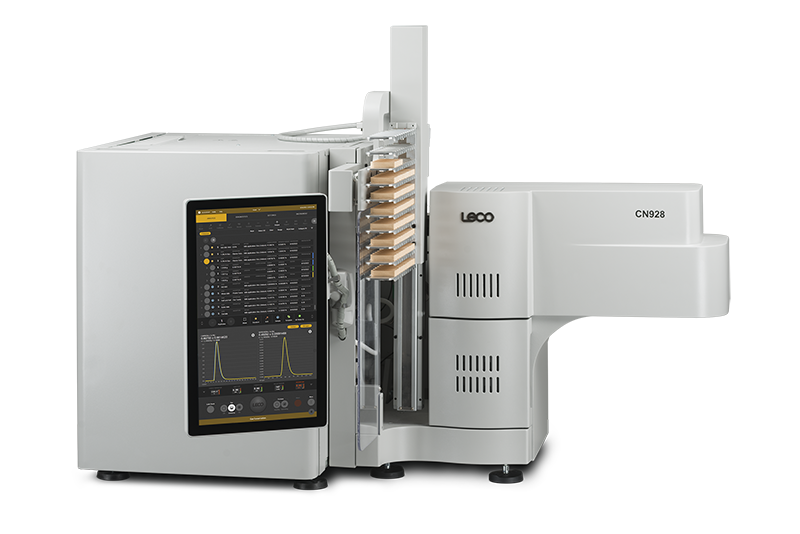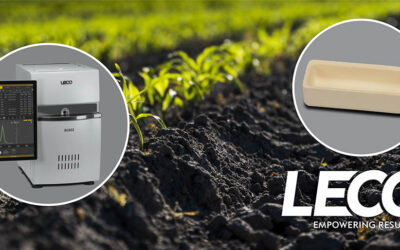In today’s rapidly evolving agricultural landscape, sustainability and efficiency are no longer competing goals—they’re complementary. As regenerative practices gain momentum, understanding the carbon and nitrogen levels of your soil, fertilizers, and crops is more critical than ever. These two elements form the backbone of plant health, influencing everything from root development to yield potential.
Regenerative Agriculture Starts with Balanced Soil
Healthy soil is the foundation of any successful regenerative system. But healthy soil isn’t achieved by simply adding nutrients to it—it’s achieved with the right carbon-to-nitrogen (C:N) ratio. This balance supports microbial activity, enhances nutrient cycling, and improves soil structure. By testing and optimizing these ratios, growers can go beyond what nature provides, creating conditions that support both productivity and long-term soil health.
Nitrogen: A Key Driver of Yield and Growth
Nitrogen remains a cornerstone of plant development, but deficiencies are still common in arable soils. Regenerative systems aim to reduce synthetic inputs, making it even more important to accurately assess nitrogen levels in both soil and fertilizer. Precision in nitrogen management not only boosts yields but also minimizes runoff and environmental impact.
Proactive Maintenance with Plant Tissue Analysis
However, no two plants are alike—even within the same species. Variations in nutrient uptake and health can signal underlying issues. Monitoring carbon and nitrogen concentrations in plant tissue as well provides a powerful diagnostic tool, allowing farmers to make informed decisions before problems escalate to wider scale. This proactive approach is essential for maintaining crop resilience in regenerative systems.

The Need for Speed: High-Throughput Elemental Analysis
Laboratories are seeing surges in requests for both nitrogen and carbon testing, especially during peak growing seasons. As demand for sustainable practices grows, so does the need for fast, accurate, and precise elemental analysis. Modern solutions like the LECO 828 and 928 Series offer a smarter path forward.
The CN828 model, for example, enables simultaneous nitrogen and carbon analysis using a single combustion technique and sample. With rapid cycle times, extended reagent lifetimes, and proven reliability, it’s designed to meet the high throughput demands of today’s regenerative and precision agriculture-focused labs. Its ability to measure total, organic, and inorganic carbon further enhances its versatility.
Learn More
For further learning on the topic of determining carbon and nitrogen levels, don’t miss our upcoming webinar by LECO expert Greg Schilling! You can also learn more about our 828 and 928 Series of analyzers by clicking here.





